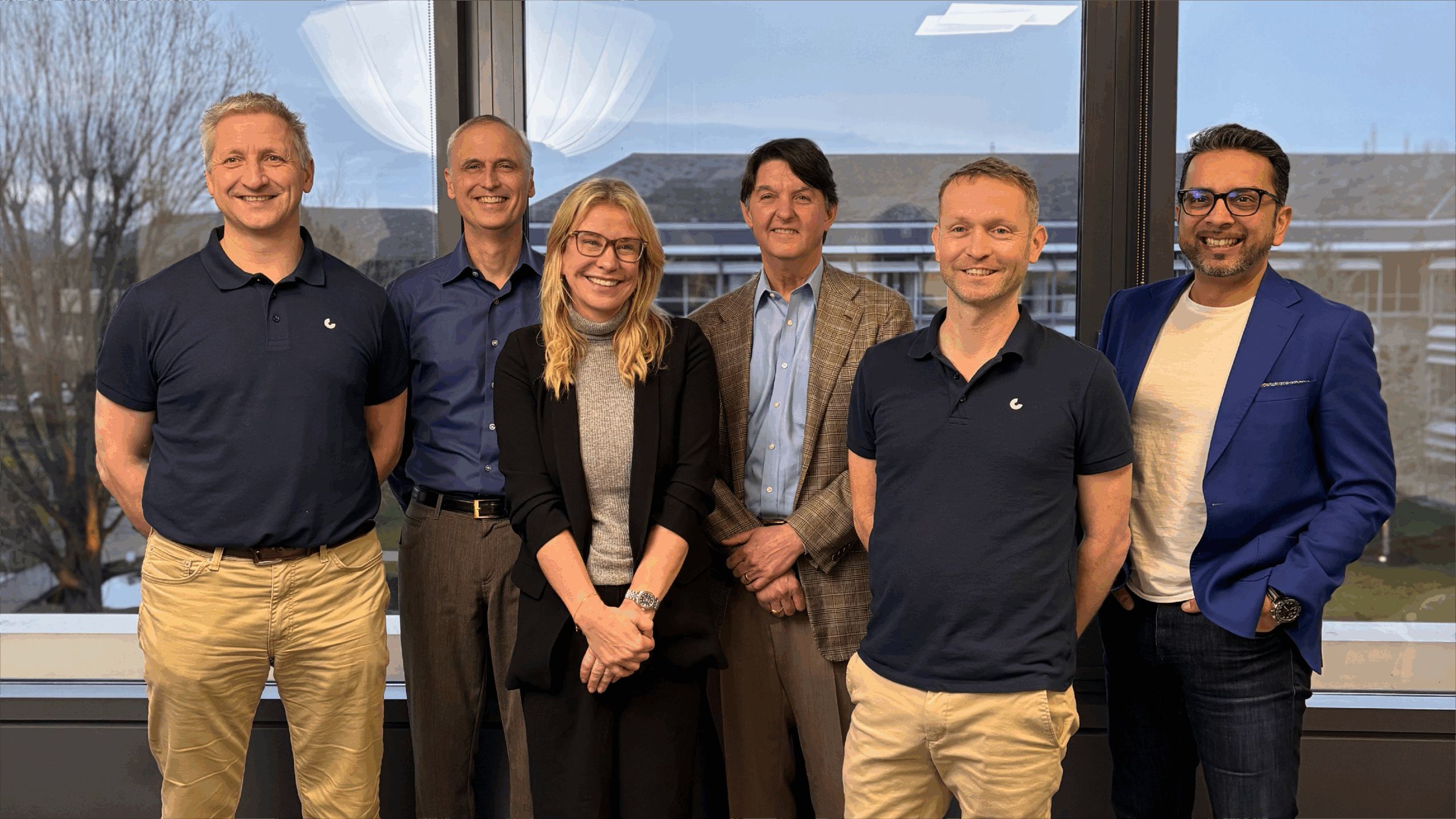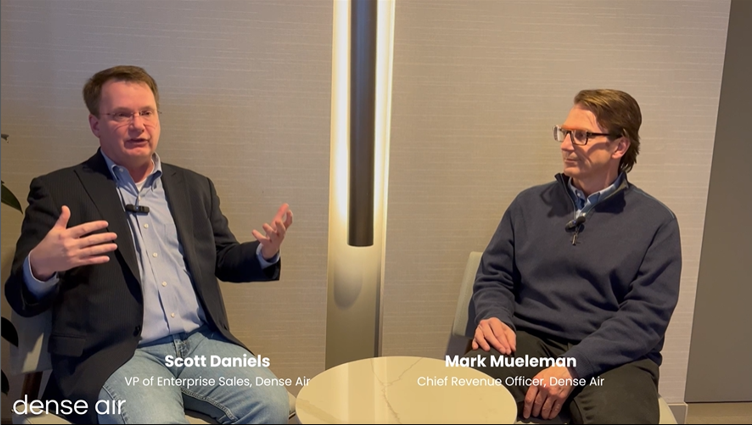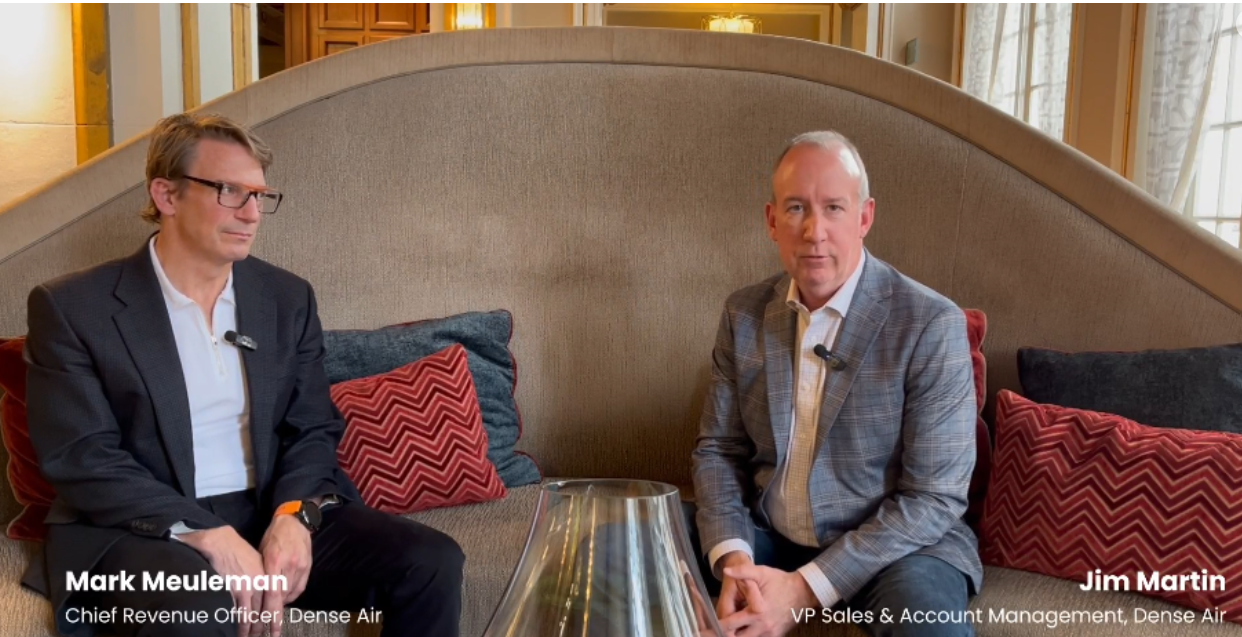Technology

A first-of-its-kind partnership to deliver enhanced mobile services to cities across the UK
News provided by Cornerstone 23 April 2025 – Cornerstone, the UK’s leading mobile infrastructure services company, has partnered with Signify, the global leader in lighting, and Dense Air, a neutral host platform provider, to deliver next-generation connectivity through existing street lighting infrastructure. Oxford will be the first city in the UK to benefit from this ground-breaking deployment, ensuring seamless, high-capacity mobile coverage for businesses, residents, and visitors.
This innovative approach integrates small cell technology into street lighting, transforming urban infrastructure into a scalable, multi-operator wireless network. By leveraging Signify’s BrightSites solution and Dense Air’s cellShare® platform, Cornerstone is enabling Mobile Network Operators (MNOs) to provide improved mobile coverage, greater capacity, and enhanced digital services – all while reducing the need for additional infrastructure.
Supporting Oxford’s future as a digital leader
Oxford’s selection as the first deployment city aligns with the Government’s recent commitment to position the city as “Europe’s Silicon Valley” and to strengthen transport links between Oxford and Cambridge. This small cell rollout will further cement Oxford’s reputation as a hub for digital innovation, smart city applications, and world-class mobile connectivity.
With the demand for fast, reliable mobile services continuing to grow, this solution will support local businesses, drive economic growth, and improve public services through enhanced digital connectivity. From supporting remote work to enabling IoT-powered smart city applications, this investment ensures that Oxford remains at the forefront of the UK’s digital transformation.
A scalable model for future smart cities
The Oxford deployment marks the beginning of a nationwide initiative. Cornerstone, alongside Signify and Dense Air, has committed to rolling out similar city-wide small cell deployments in two further UK cities in 2025, with additional locations to follow.
Pat Coxen, CEO at Cornerstone, said:
“At Cornerstone, we are committed to revolutionising the UK’s digital landscape by delivering cutting-edge mobile infrastructure solutions that empower our customers — Mobile Network Operators — to provide seamless, high-speed connectivity. Our Oxford deployment is a prime example of how we are working with partners and local authorities to transform urban infrastructure, support economic growth, and create more connected communities. This initiative not only enhances mobile coverage but also reinforces Oxford’s position as a leader in digital innovation.”
Khalid Aziz, SVP and Managing Director of BrightSites by Signify, added:
“By integrating connectivity with street lighting, we are reshaping the way cities approach digital infrastructure. In partnership with Cornerstone and Dense Air, Signify’s BrightSites technology will provide scalable, sustainable connectivity solutions that support both 4G and 5G services, ensuring that Oxford and other UK cities remain ahead in the digital age.”
Jim Estes, CEO at Dense Air, commented:
“We are delighted to be supporting this partnership, enabling Cornerstone and Signify to optimise urban connectivity with our cellShare® platform. By leveraging small cells, we’re creating a future-proof model for cities across the UK, providing a sustainable and efficient way for MNOs to expand coverage and capacity.”
Supporting Local Innovation and Growth
Local leaders have welcomed the deployment, recognising its potential to enhance Oxford’s digital landscape and support economic and social development.
Martin Reeves, Chief Executive of Oxfordshire County Council, said:
“We’re delighted that our partners at Cornerstone and Signify have chosen Oxford as the first location to benefit from their 5G small cell rollout. This further establishes Oxfordshire as a centre for innovation and technological advancement. By working closely with partners, we have positioned ourselves as a forward-thinking region that readily adopts new technology to benefit our residents and businesses.”
Craig Bower, Director of the Digital Infrastructure Programme at Oxfordshire County Council, added:
“With the recent Government announcement on Oxford’s global tech ambitions, this deployment is a timely reminder of how critical world-class digital infrastructure is to our city’s future. These 5G small cells will enhance mobile connectivity and enable smart city applications, from intelligent transport to healthcare innovation. We’re thrilled that Oxfordshire has been selected as the first city in this commercial rollout.”
As a leader in mobile infrastructure services, Cornerstone remains committed to working with MNOs, local authorities, and technology partners to accelerate the UK’s digital transformation. This deployment is just the beginning of a long-term strategy to bring best-in-class connectivity to urban centres across the country.
To learn more about Dense Air’s Neutral Host Platform and how it can be used to deliver enhanced mobile services contact: Paul Trubridge or Darren Ballard

Educational Insight: Open RAN / 5G ORAN
Open RAN isn’t just a buzzword—it’s the foundation for a more agile, cost-effective, and future-ready network. As demands for coverage and capacity grow, the industry needs open, interoperable solutions that break vendor lock-in and accelerate innovation. Here’s why Open RAN matters now more than ever—and what it means for the future of wireless.

Dense Air Meets High-Performance & Security Demands of Neutral Host Services Through Collaboration with 6WIND.
News provided by 6WIND via EINPresswire.com
PARIS, FRANCE, April 3, 2025 6WIND, a leading provider of high-performance virtualized and secure networking software solutions, is proud to announce its collaboration with Dense Air, delivering virtual security and routing solutions to power and protect their next-generation Neutral Host offering.
Dense Air is a neutral host-as-a-service provider pioneering shared infrastructure and Neutral Host solutions to extend and enhance mobile coverage and capacity, especially in hard-to-serve areas. Their approach helps MNOs accelerate 5G deployments while improving the economics of connectivity.
Security is a non-negotiable foundation for our Neutral Host services. 6WIND’s vSecGW stands out as the best security gateway solution on the market.
Andy Hobbs, Chief Technology Officer at Dense Air.
As part of this collaboration, 6WIND provides its virtual Security Gateway (vSecGW) to secure Dense Air’s Neutral Host infrastructure. This solution plays a critical role in safeguarding communications between the Distributed Unit (DU) and Centralized Unit (CU) Radio Access Network (RAN) components, while also ensuring secure connectivity to the individual Mobile Network Operators (MNOs) that Dense Air serves.
Dense Air’s Neutral Host solution enables high-quality mobile connectivity in venues and locations where providing consistent service has traditionally been challenging. These areas, often characterized by transitory traffic and variable demand, present difficult business cases for MNOs to deploy their own dedicated infrastructure. Dense Air solves this by offering a shared, cost-effective solution that allows multiple MNOs to deliver high-performance services without the overhead of individual deployments.
In addition to vSecGW, 6WIND also provides its virtual Customer Site Router (vCSR) solution to Dense Air, enabling scalable, secure, and flexible connectivity at the edge.
“Security is a non-negotiable foundation for our Neutral Host services,” said Andy Hobbs, Chief Technology Officer at Dense Air. “6WIND’s vSecGW stands out as the best security gateway solution on the market. Its performance, scalability, and reliability give us the confidence to deliver seamless, secure connectivity to our MNO partners in even the most challenging environments.”
We’re excited to support Dense Air in building a more connected future with secure, virtualized networking… Our solutions are designed to meet the high performance and security demands of modern telecom environments, and this deployment with Dense Air reflects our commitment to supporting innovative approaches like Neutral Host.
Julien Dahan, CEO at 6WIND.
This collaboration underscores 6WIND’s commitment to innovative, secure, and scalable networking solutions, empowering operators to expand coverage and improve service quality efficiently.
For more information about this collaboration contact:
Wynter Elwood: media@denseair.net
Follow us on LinkedIn

Unlocking the Future of Hotel Connectivity
Join D. Scott Daniels and Mark Meuleman in a 3 part series exploring how hotels can future proof their networks with a secure, multi-carrier solution.
New Connectivity Landscape: In the 1st session, learn how the hospitality industry is adapting to a new connectivity landscape while DAS funding is disappearing, and security concerns are rising, but guest expectations are higher than ever.
Cellular vs. Wi-Fi: In part 2, they explore the critical differences between cellular and Wi-Fi for hospitality – and why seamless, uninterrupted connectivity matters more than ever.
Big Data Analytics: Finally, learn how network analytics are pinpointing weak cellular coverage and enabling targeted improvements, so customers get the seamless connectivity experience they expect.

Commercial Real Estate Goes Wireless Only
As Commercial Real Estate goes wireless only, listen to Mark Meuleman and Jim Martin share their perspectives and key insights from two of the industry’s leading events this past month; CREtech in New York and #CoRETech by Realcomm Events in San Jose.
In this two-part series, they first explore the need for wireless connectivity and how it is being adopted within the CRE market, transforming investment strategies and fueling the “amenities war.”
Then in part two, they dive into the best use cases for various cellular solutions and reveal how big data insights are empowering customers to make the right decisions at the right time

